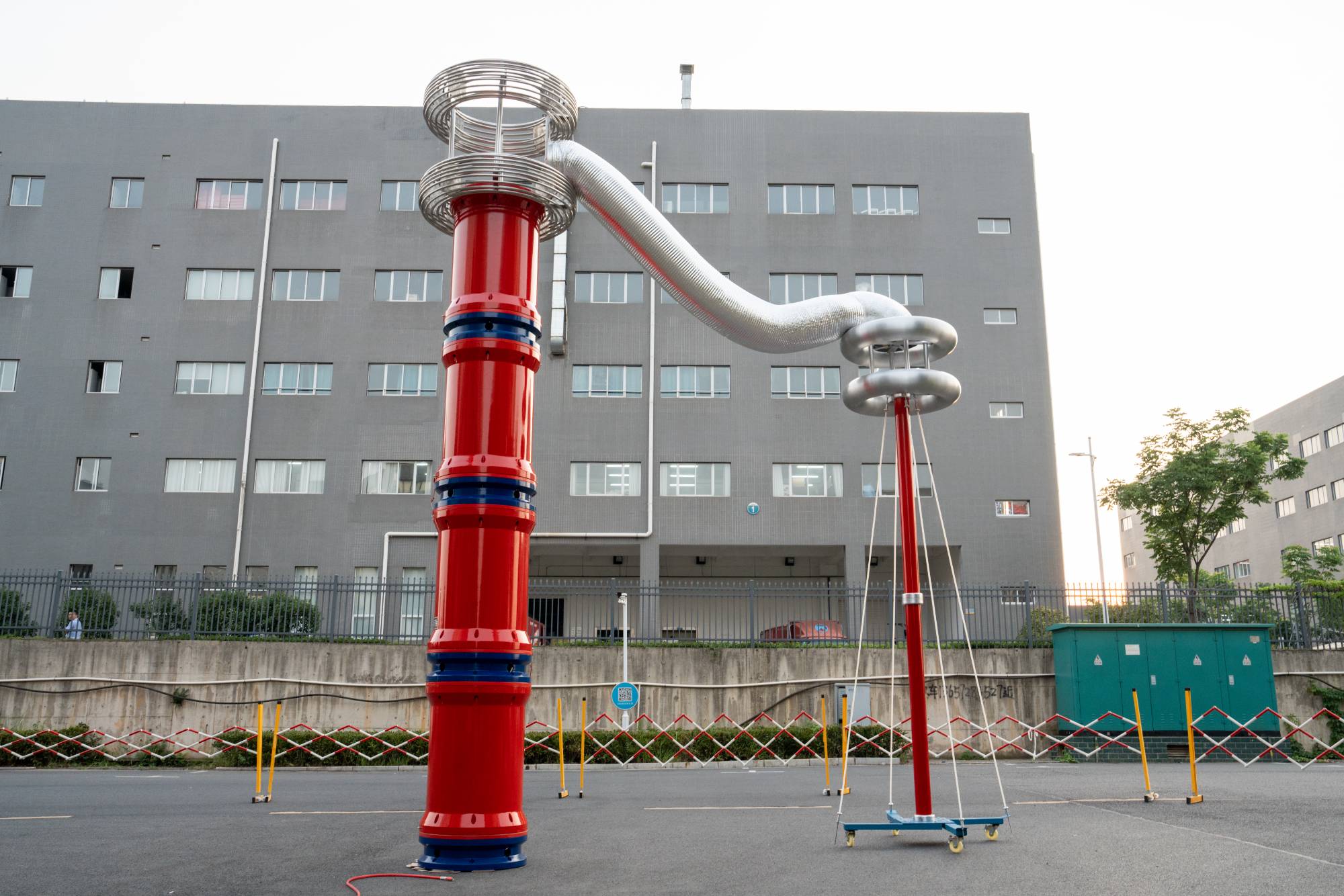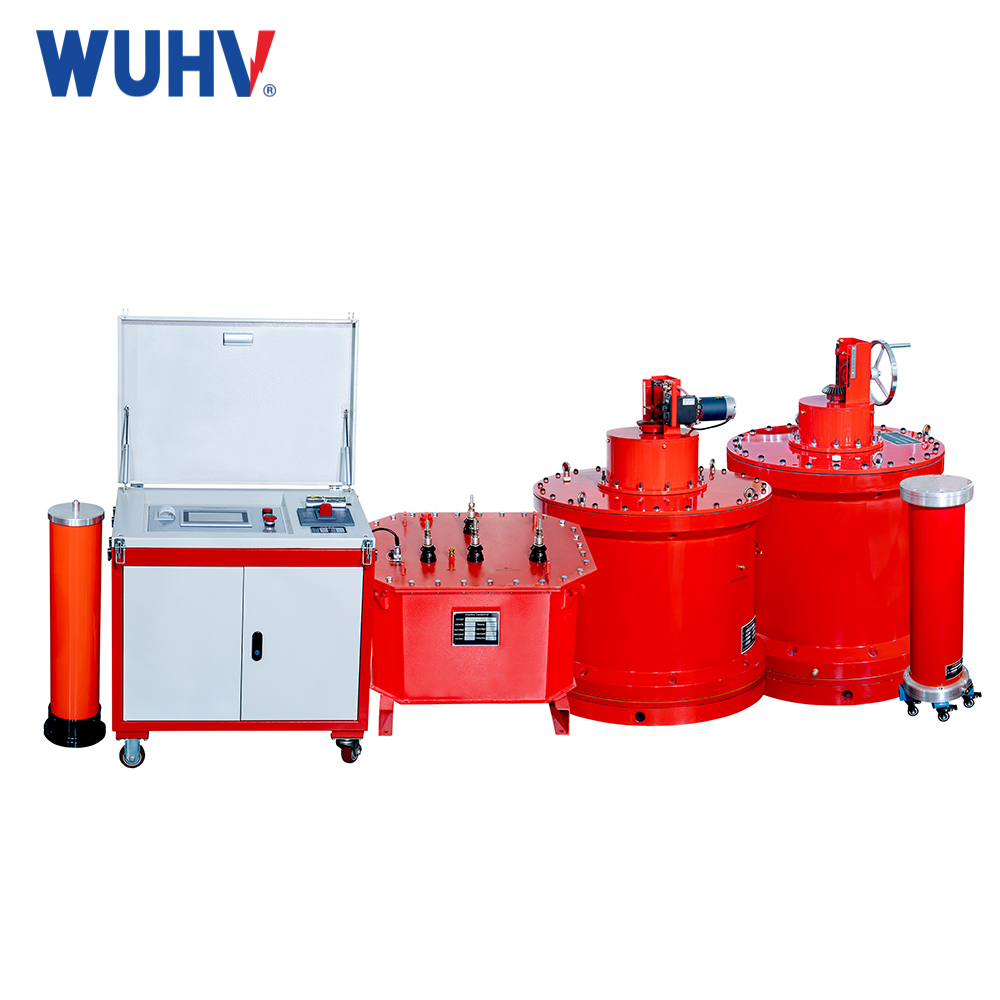Wuhan UHV specializes in producing series resonance (also known as series resonance test device). Next, we will share with you the principles of series resonance. Are you clear about them.
Resonance is a physical harmonic vibration in which the acceleration of an object is proportional to the displacement from the equilibrium position, and always points towards the restoring force at the equilibrium position. Its dynamic equation is f=- KX. The resonance phenomenon occurs when the current increases, the voltage decreases, and the closer it is to the resonance center, the faster the power meter rotates. However, the difference between short circuit and short circuit is not a zero order quantity.
resonant circuit
A circuit composed of inductance L and capacitance C can resonate at one or more frequencies, known as a resonant circuit. In electronic and wireless engineering, it is often necessary to select the electrical signals we need from many electrical signals, while suppressing or filtering out the electrical signals we do not need. Therefore, we need a selection circuit, namely a resonant circuit; On the other hand, in power engineering, due to the resonance of circuits, hazards such as overvoltage or overcurrent may occur. Therefore, studying resonant circuits is of great significance both in terms of usage and from the perspective of limiting their hazards.
Passive (excluding independent power sources) inductor coil capacitor linear constant circuit exhibits pure resistance phenomenon under the action of external power source at a specific frequency, which is the resonance frequency of the circuit. The circuit with resonance as the main working state is called a resonant circuit. It is a wireless device with a resonant circuit, used for tuning, filtering and other functions. The power system needs to prevent resonance to avoid overcurrent and overvoltage.
There are linear resonance, nonlinear resonance, and parameter resonance in circuits. The former is the resonance in linear time invariant passive circuits, while the latter is a typical series resonance circuit. Nonlinear resonance occurs in circuits with nonlinear components, and can occur in circuits composed of a core coil and a series (or parallel) linear capacitor (usually referred to as ferromagnetic resonance circuits). Under sinusoidal excitation, fundamental resonance, high-order harmonic resonance, subharmonic resonance, and amplitude and phase jumps of current (or voltage) appear in the circuit. These phenomena are called ferromagnetic resonance. Parameter resonance occurs in circuits with time-varying components, and convex pole synchronous generators with capacitive loads may experience parameter resonance.
According to circuit theory, resonance is a sine voltage applied to an ideal (non parasitic) inductor or capacitor series circuit. When the sine frequency is a certain value, the capacitance reactance and inductance reactance are equal, the circuit impedance is zero, and the circuit current reaches infinity; When a sine voltage is added to a parallel circuit of inductance and capacitance, and the frequency of the sine voltage is a certain value, the total admittance of the circuit (admittance is the reciprocal of impedance) is zero, and the voltage on the inductance and capacitance components is infinite. The former is called series resonance, and the latter is called parallel resonance.
formulation
Z=R+J(xlxc)
Among them, Z is impedance, R is resistance, xlxc=x is inductance reactance+capacitance reactance=reactance. It can be clearly seen from the middle of the formula that when inductance X1 equals capacitance XC, only the true component R (i.e. pure resistance) is contained in the middle of Z, which is resonance.




















